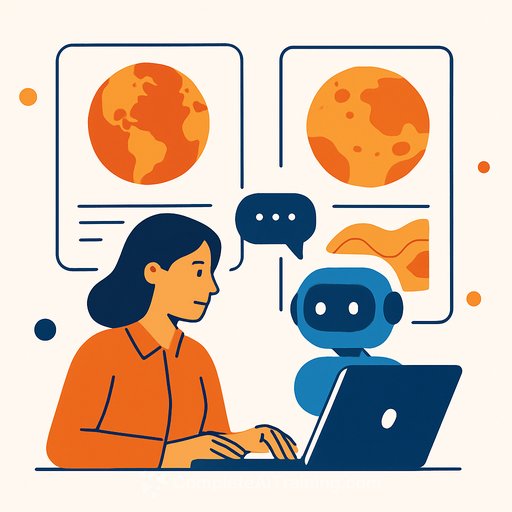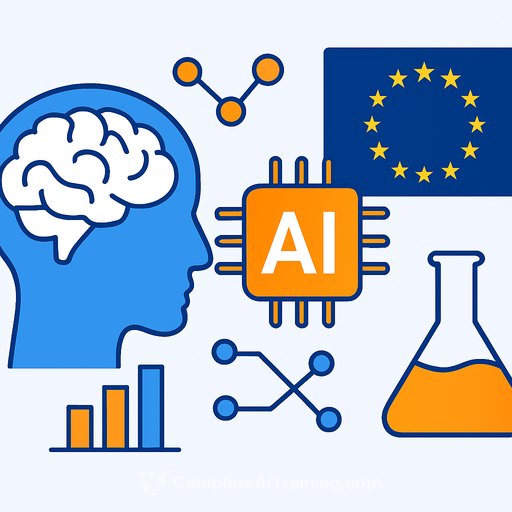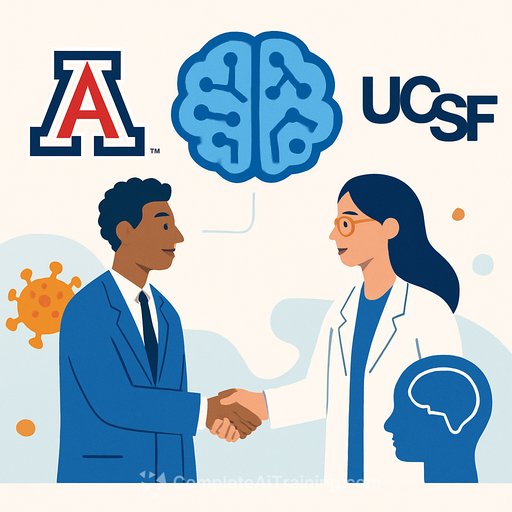Meet IDEA: An AI Assistant for Geoscientists Exploring Earth and Beyond
Researchers at the University of Hawai‘i (UH) at Mānoa have developed an AI tool that simplifies working with complex geoscience data. The Intelligent Data Exploring Assistant (IDEA) integrates large language models, similar to those in ChatGPT, with scientific datasets and computing resources. This allows scientists to ask questions in plain language and receive data retrievals, analyses, visualizations, and even self-reviews of the results.
Published in the Journal of Geophysical Research: Machine Learning and Computation, IDEA aims to reduce the barriers between geophysical datasets and researchers by providing working code, clear explanations, and publication-ready figures—all generated within minutes.
From Sea Levels to Mars Dust Storms
The project includes a prototype called the Station Explorer Assistant (SEA), developed specifically for analyzing global sea level data. SEA enables users to explore coastal changes by interacting with tide gauge data through simple language commands, without requiring coding skills.
According to the team, the IDEA framework can easily adapt to new data sources. For example, by switching datasets and instructions, they applied IDEA to atmospheric data on Mars, demonstrating its flexibility across geoscience fields.
How SEA Works
The SEA tool connects a large language model from OpenAI with UH’s extensive sea level data archive. Domain-specific instructions guide the AI in interpreting tide gauge measurements and running appropriate analyses. A secure computing environment executes any generated code, delivering insights and visualizations without users needing programming experience.
This setup supports researchers and students in studying sea level rise and coastal flooding, making advanced data more accessible and understandable.
Limitations and Human Oversight
While IDEA and SEA streamline data analysis, they are not error-proof. The AI can occasionally miscalculate trends or produce inaccurate results. Human supervision remains crucial to validate findings and maintain scientific rigor.
Broader Potential and Availability
The IDEA framework is open-source and designed for diverse geoscience applications—from ocean forecasting to planetary science. SEA is publicly accessible online for trial by scientists and students. Developers interested in customizing IDEA for other datasets or integrating different large language models can find the framework on GitHub.
- Try SEA and provide feedback: idea-dev-grp@hawaii.edu
- Explore IDEA on GitHub for development and collaboration
Future Directions
Plans include adding automated error checks, expanding support for additional data sources, and creating tools to help users build custom assistants for various geoscience challenges. The goal is to make scientific exploration more accessible to researchers, educators, and students, particularly in Hawai‘i and beyond.
For those interested in AI applications in science, training on large language models and automation tools can further enhance your capabilities. Explore relevant courses at Complete AI Training to deepen your skills.
Your membership also unlocks:






